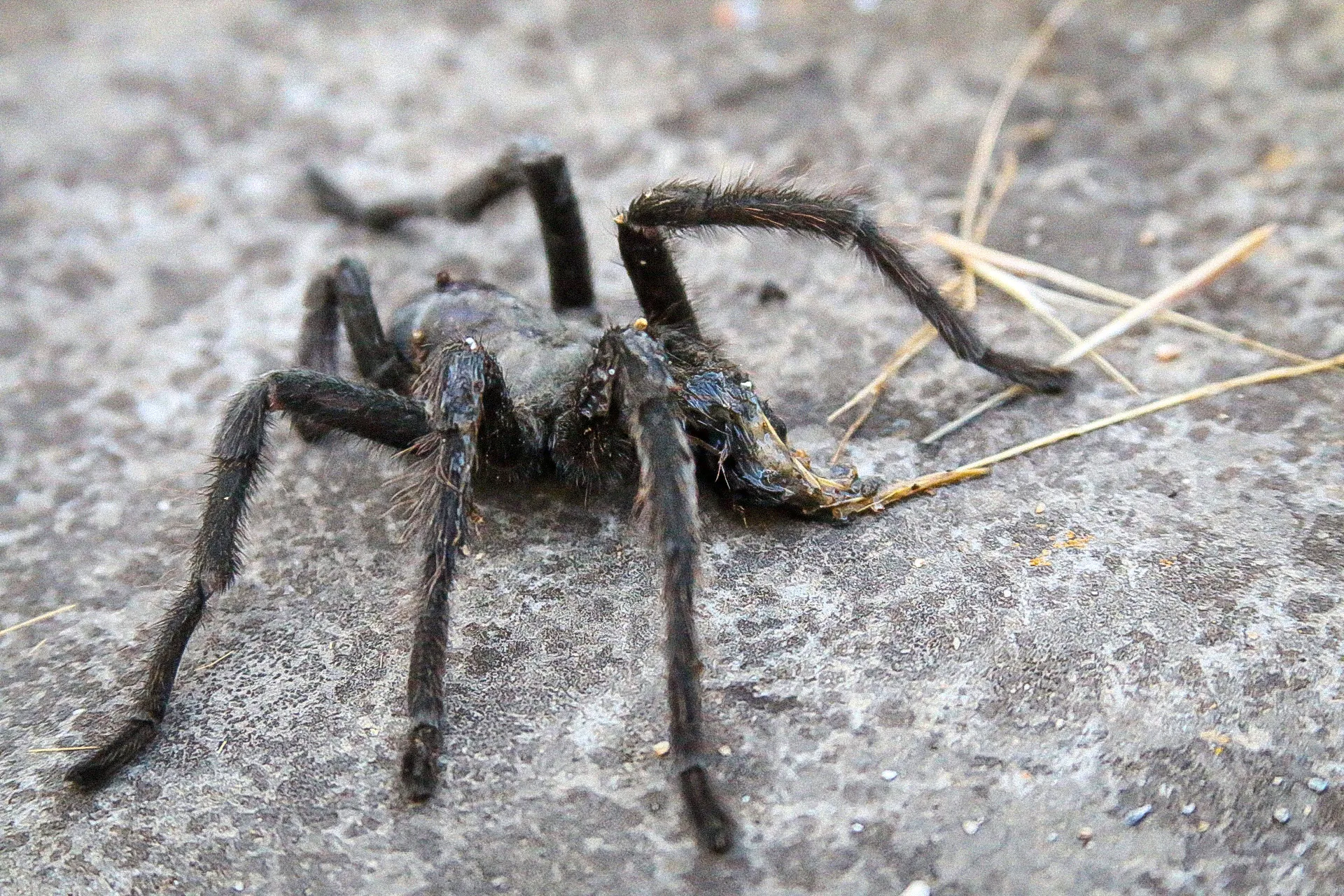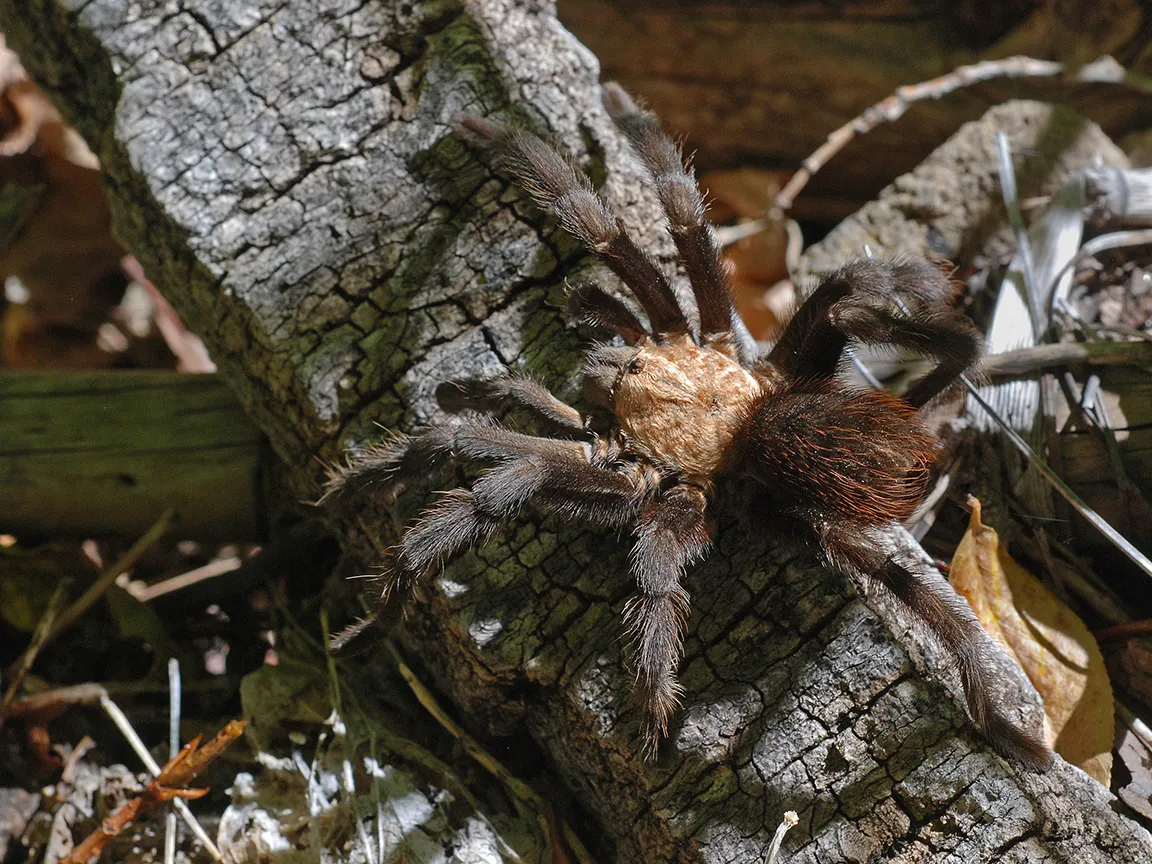Tarantula Care Guide
Bringing a tarantula into your home can be an incredibly rewarding experience. These fascinating creatures are relatively low-maintenance pets, but they still require proper care to thrive. This comprehensive guide will provide you with amazing tips for tarantula care, from choosing the right species to understanding their unique needs and behaviors. Get ready to delve into the world of tarantulas and discover how to provide the best possible environment for your eight-legged friend. Following the right steps is essential to ensure your tarantula’s well-being and your enjoyment of this unique pet. With the right knowledge, you can become a confident and successful tarantula keeper.
Choosing the Right Tarantula
Selecting the appropriate tarantula species is the first and perhaps most critical step in successful tarantula keeping. Different species have varying temperaments, care requirements, and sizes. Choosing a species that aligns with your experience level and lifestyle will make the entire process more enjoyable. Consider factors like the tarantula’s temperament, venom potency (though most tarantula venom is not dangerous to humans), and how active the species is. Careful research will help you avoid any surprises and ensures you’re prepared to meet your tarantula’s needs.
Considering Your Experience Level

If you are a beginner, start with a docile, easy-to-care-for species. New World tarantulas, like the Chilean Rose Hair or the Pinktoe tarantula, are often recommended. These species are known for their relatively gentle nature and straightforward care requirements. Avoid aggressive or fast-moving species until you have gained experience. Researching temperament thoroughly is essential to prevent unexpected interactions or stress for both you and the tarantula. Remember that handling should be kept to a minimum, even with docile species, as it can stress them.
Researching Different Tarantula Species
Before acquiring a tarantula, research the specific species you are interested in. Learn about their natural habitat, diet, and typical behavior. Online resources, books, and experienced tarantula keepers can provide valuable insights. Knowing the specific needs of your chosen species will allow you to create the ideal environment for them. This includes understanding their preferred temperature, humidity levels, and the type of enclosure they require. Proper research greatly increases the chances of your tarantula thriving in its new home.
Setting Up the Perfect Tarantula Enclosure
The enclosure, or terrarium, is your tarantula’s home and should provide a safe, comfortable, and enriching environment. The size, substrate, and decor all play crucial roles in the tarantula’s well-being. Creating the right habitat will reduce stress and encourage natural behaviors. Proper setup also facilitates easy cleaning and maintenance. A well-designed enclosure will also allow you to observe your tarantula’s behavior, which is a great aspect of tarantula keeping.
Selecting the Right Tank Size

The size of the enclosure should be appropriate for the tarantula’s size and species. Generally, a tank that is two to three times the tarantula’s leg span is sufficient. For terrestrial species, a wider tank is preferred, allowing for more floor space. Arboreal species, on the other hand, benefit from a taller enclosure with climbing opportunities. Avoid tanks that are too large, as this can make it difficult for the tarantula to find its food and feel secure. Always consider the adult size of the tarantula when selecting an enclosure.
Substrate and Decor Options
The substrate is the material that covers the bottom of the enclosure and provides a natural environment for your tarantula. Options include coconut fiber, peat moss, and vermiculite. The substrate should be deep enough for burrowing species to create their burrows. Decor such as cork bark, branches, and artificial plants, provides hiding places and enrichment. Avoid sharp objects that could injure your tarantula. Ensure the decor is non-toxic and safe for the tarantula to interact with. A naturalistic setup mimics the tarantula’s natural habitat and promotes its well-being.
Maintaining Optimal Humidity and Temperature
Tarantulas are sensitive to environmental conditions, so maintaining the correct humidity and temperature is vital for their health. Both of these factors greatly impact the tarantula’s ability to molt and digest food properly. The ideal ranges vary depending on the species, so always research the specific requirements of your tarantula. Monitoring and adjusting the conditions are essential to provide a healthy living environment. Incorrect conditions can lead to health problems or, in extreme cases, death.
Monitoring Humidity Levels

Humidity can be monitored with a hygrometer. Increase humidity by misting the enclosure with a spray bottle or adding a water dish. Ensure the substrate is slightly damp, but not soaking wet. Avoid stagnant water, as this can lead to mold growth and pose health risks. Regularly check the humidity levels to ensure they are within the recommended range for your tarantula species. This helps your tarantula with hydration and molting, preventing potential issues down the road.
Regulating Temperature with Heat Lamps or Pads
Temperature can be regulated with a heat lamp or a heat pad placed on the side of the enclosure. Avoid placing the heat source directly under the enclosure, as this can dry out the substrate. Always monitor the temperature with a thermometer. Ensure a temperature gradient within the enclosure, with one side slightly warmer than the other, allowing the tarantula to regulate its body temperature. Avoid excessive heat, as this can be fatal. The ideal temperature range will depend on your tarantula species.
Feeding Your Tarantula
Feeding your tarantula is an important part of its care, and understanding its dietary needs is essential for keeping it healthy. Tarantulas are opportunistic predators and primarily eat insects. Providing the right food, in the right amounts, will ensure your tarantula stays in good condition. Proper feeding habits also prevent cannibalism if you are keeping multiple tarantulas together. Learning about your tarantula’s diet and feeding habits will significantly contribute to its longevity.
Understanding Tarantula Diet

Tarantulas primarily feed on live insects such as crickets, mealworms, and roaches. The specific diet will depend on the size of your tarantula. The prey should be no larger than the tarantula’s body size. Variety in the diet is beneficial, so offer different types of insects to ensure your tarantula receives a balanced diet. Some tarantula keepers also feed their tarantulas pre-killed insects, although this is less common. Ensure all insects are from a reputable source and free of pesticides or other harmful substances.
Feeding Frequency and Prey Size
The feeding frequency depends on the age and species of the tarantula. Spiderlings may need to be fed every few days, while adults can be fed once a week or even less frequently. Always remove any uneaten prey after 24 hours. Overfeeding can lead to obesity and other health problems. The prey size should be appropriate for the tarantula’s size. A good rule of thumb is to offer insects that are about the same size or slightly smaller than the tarantula’s abdomen.
Handling and Safety Precautions
While tarantulas are generally not aggressive, handling them carries some risks. They can bite, and their urticating hairs can cause skin irritation. Therefore, it is best to handle them as little as possible. However, if you need to handle your tarantula, proper safety measures are essential. Understanding the risks and taking precautions will help you to minimize any potential harm to both you and the tarantula. Proper handling minimizes stress on the spider and prevents accidental injury to the owner.
When to Handle

Handling should be limited to necessary situations, such as enclosure maintenance or veterinary visits. Avoid handling your tarantula immediately after it has eaten, as it may be more vulnerable. Observe your tarantula’s behavior and be aware of any signs of stress. Do not handle a tarantula that appears agitated or defensive. Always wash your hands before and after handling to prevent the spread of bacteria or other contaminants.
Avoiding Bites and Drops
If you must handle your tarantula, do so in a safe environment, such as close to the floor or over a soft surface. Never make sudden movements. Allow the tarantula to walk onto your hand, rather than trying to grab it. If the tarantula attempts to bite, gently place it back in its enclosure. Be aware of the tarantula’s urticating hairs, which it can flick off its abdomen as a defense mechanism. These hairs can cause skin irritation, so avoid contact with them. The most important thing is to be calm and patient.
Recognizing Common Tarantula Health Issues
Tarantulas are generally hardy creatures, but like all animals, they can experience health issues. Being able to identify common problems can help you to provide appropriate care and seek veterinary assistance if necessary. Regular observation is critical for detecting any changes in your tarantula’s behavior or appearance. Early detection and treatment can significantly improve the tarantula’s chances of recovery. Learning about these issues can greatly improve the lifespan of your tarantula.
Molting and What to Expect

Molting is a natural process in which tarantulas shed their exoskeleton. During this time, the tarantula may stop eating and become inactive. The molting process can take several hours or even days. Do not disturb your tarantula during molting. After molting, the tarantula’s new exoskeleton will be soft and vulnerable. It will take several days for the new exoskeleton to harden. Provide a safe and stress-free environment during and after the molting process. It’s a critical process for tarantula growth and health.
Identifying Signs of Illness
Signs of illness include loss of appetite, lethargy, unusual posture, and changes in appearance. Other signs might include tremors, paralysis, or difficulty moving. If you notice any of these signs, consult an experienced tarantula keeper or a veterinarian specializing in exotic animals. Prompt diagnosis and treatment can improve the chances of recovery. Isolation from other tarantulas may be necessary to prevent the spread of disease. Always consult professional advice if you are unsure of what to do.
Daily and Weekly Care Routine
Establishing a consistent care routine will help you maintain a healthy environment for your tarantula. These daily and weekly tasks are designed to ensure your tarantula’s well-being. By following a simple routine, you can ensure your tarantula remains healthy and happy, and you can identify problems early. Keeping to a schedule will also help you enjoy your tarantula more as you become familiar with its needs.
Daily Tasks
Check the temperature and humidity levels, and make any necessary adjustments. Observe your tarantula for any signs of illness or unusual behavior. Ensure the water dish is clean and full. If you are feeding your tarantula regularly, offer food as needed. Spot-clean the enclosure by removing any uneaten prey or waste. Quick, daily inspections will help to maintain a clean and healthy environment for your pet tarantula.
Weekly Tasks
Clean the enclosure as needed. Remove any old substrate and replace it with fresh substrate. Thoroughly clean the water dish and any other decor. Provide a varied diet and feed your tarantula according to its needs. Check the overall condition of the enclosure to make sure everything is running properly. These tasks contribute to the long-term health and well-being of your tarantula.
Conclusion
Caring for a tarantula can be a fulfilling experience. By following this amazing guide and consistently providing the right care, you can ensure that your tarantula thrives. From choosing the right species to establishing a routine, you’ll be well-equipped to provide a great life for your eight-legged friend. Remember to always research, observe your tarantula’s behavior, and seek professional advice if needed. Enjoy the unique experience of keeping these fascinating creatures.
